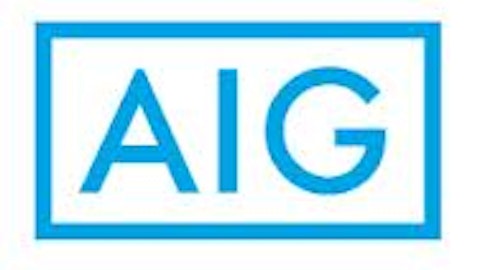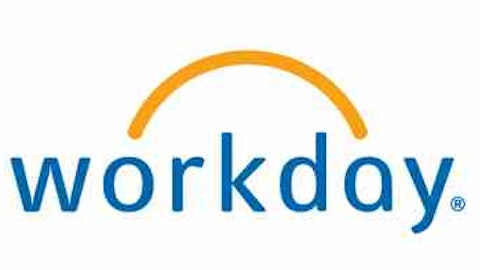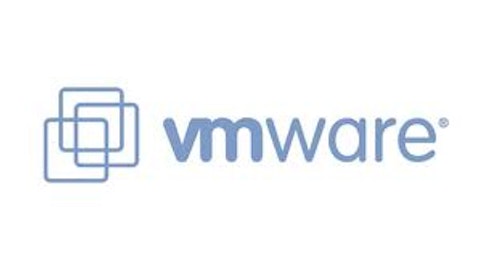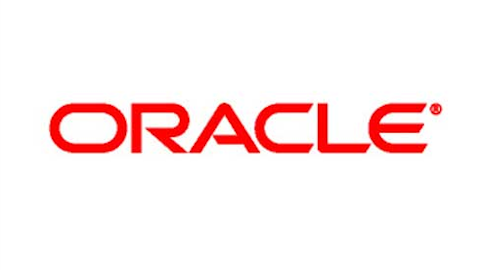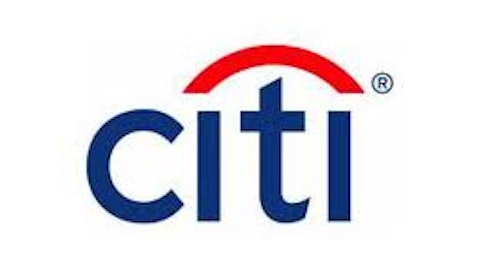Oracle’s Initiative in Product Lifestyle Management
Oracle has done a lot in the past few months to increase its market share in the product lifestyle management industry. The company announced the release of applications called Innovation Management, a software to challenge the industry’s definition of product life cycle management. It also released Agile PLM 9.3.2 into the competitive PLM market. It improved on products such as the PLM for Discrete Manufacturing, for Process, for AutoVue and for Enterprise Visualization.
Oracle’s new PLM products introduce new features such as governance and compliance, cost management, and quality management into the Agile product line. For instance, Oracle Agile PLM for Process will provide innovation in formula modeling and compliance and also introduce a new module. The module enables information to be to open to concerned staff in a company by offering a condition to access and process information related to quality within the product record.
“One of the most complex challenges that organizations of all sizes and types face is how to innovate profitably,” said John Kelley, vice president of product value chain strategy, Oracle. “With the enhancements to Oracle’s Agile PLM and Oracle’s Agile PLM for Process as well as the introduction of innovative new modules like Oracle’s Agile Product Quality Management (PQM) for Process, Oracle is able to help organizations further shorten cycle times, increase sales, lower costs and reduce risks associated with innovation. This combination helps organizations cost-effectively reach their innovation goals.”
It is noticeable that the new Oracle initiative is the first for the PLM sector this year. Now it is understandable that gaining a head start is wise for Oracle. We have related Oracle’s previous PLM and software initiative to its recent financial statements, and we found that Oracle has been improved in comparison to the previous year.
Competition
Let’s check how Oracle is performing compared to its competitors. With a gross margin of 80.27%, compared with 69.24% for SAP AG (ADR) (NYSE:SAP), 51.76% for International Business Machines Corp. (NYSE:IBM), and 73.47% for Microsoft Corporation (NASDAQ:MSFT), and earnings per share of 2.13, compared with 1.62 for Microsoft and 0.49 for Alcatel Lucent SA (ADR) (NYSE:ALU), and price-to-earning ratio of 16.56, compared to 26.11 for SAP and 32.76 for Dassault Systemes S.A. (ADR) (PINK:DASTY), Oracle is outperforming its peers.
SAP completes with Oracle through its cloud computing and social enterprise solutions to various businesses and industries around the globe. SAP reported fourth quarter revenue growth of 12% year-over-year. The company saw strong demand for its cloud applications, its HANA in-memory database, and mobile applications. The company generated $6.6 billion in revenue in the fourth quarter. Software and software-related service revenue grew by 14% year-over-year. SAP forecasts software and software-related service revenue growth of 11% to 13%, and also expects software and cloud subscriptions revenue growth between 14% to 20%.
SAP recently announced that it will be deepening its collaboration with NetApp Inc. (NASDAQ:NTAP) in order to support next-generation solutions, which includes the SAP HANA platform and SAP NetWeaver Landscape Virtualization Management software. By enhancing this collaboration, the companies will be in a better position to provide a more robust data infrastructure for SAP applications that could create competitive advantage and reduce ownership costs.
